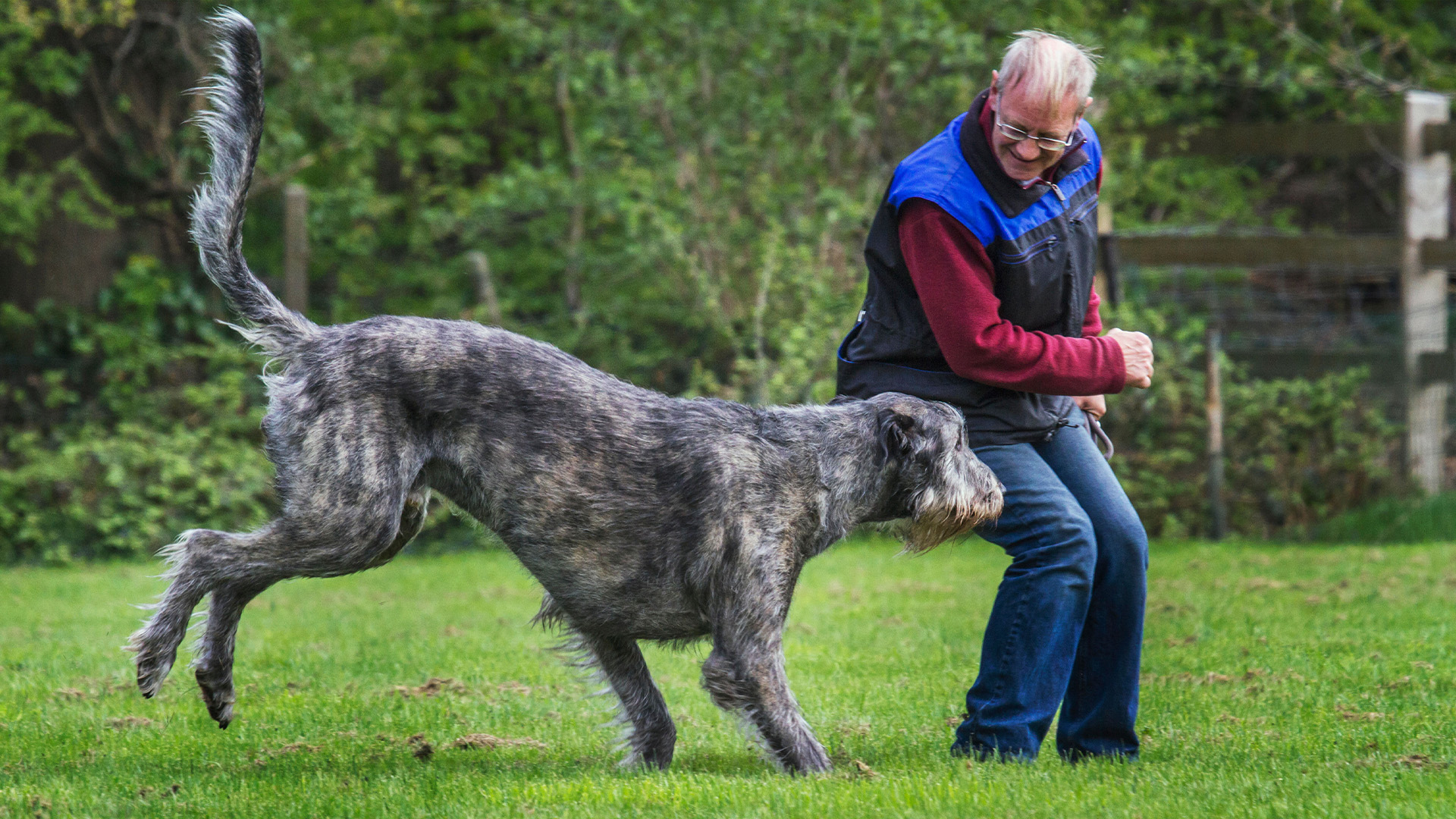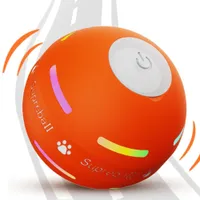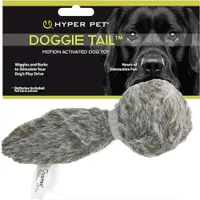Do you have a reactive dog? Trainer reveals the surprising thing that can help calm them down (and it's a real game-changer)
Dogs need an outlet for that adrenaline and arousal, and play is a safe one.

All dogs need to play, and there are so many benefits to regular play sessions, whether they’re your dog is playing with you, canine friends, or a favorite toy. But you might not have realized that play can really help with reactivity in dogs – it’s a benefit to play that we don’t often consider.
So, if you have a reactive dog, why not grab one of the best dog toys and engage in some good old-fashioned play? Carolyn Martell, an expert trainer and the founder of Good Dog Training, has explained everything to know about what makes play so beneficial for reactive dogs in a recent Instagram post, so let’s take a look.
A post shared by Good Dog Training (@gooddog.training)
A photo posted by on
“Play is so incredibly powerful, especially for reactive dogs,” Martell begins. “Real play, getting your dog running and tugging, elevating their heart rate – it’s amazing. It’s so much more powerful than scatter feeding or ‘calmness’.”
She explains that play is a great outlet for arousal when it comes to reactivity in dogs. If your reactive dog sees their trigger, they’ll get a rush of adrenaline and high arousal. And this adrenaline needs to go somewhere. So, that’s where play comes in! It’s the ideal outlet for your pup to express any big feelings they might have.
“Because they’re playing with you, your dog is directing their attention to you and the toy instead of their trigger,” says Martell. “Play is dynamic, it’s movement-oriented, it’s interactive, which makes it easier for your dog to stick with it and not fixate on the trigger.”
The great thing about getting your dog playing is that it increases their heart rate and improves cognitive processes and memory too. It also releases endorphins, which will benefit a reactive dog too.
And, play is a powerful reward. Many dogs will actually prefer play over food as a reward, so play can be a great reward to use in reactivity training.
Get the best advice, tips and top tech for your beloved Pets
“Our end goal is for our dogs to be neutral around their trigger. No big reactions. Not needing a rousing game of tug every time they see a dog,” says Martell. “But, in the beginning, it’s too much. When a dog is in a high state of arousal, trying to force calmness only creates conflict for them. High arousal pushes the body toward movement.”
So, to help your reactive dog, why not opt for a play session with their favorite toy? You might also find this article from a fellow pup parent useful, too: Owning a reactive dog is hard. Here's how I navigated the social challenges with my pooch.
This touch-activated interactive ball has two modes to keep your dog entertained while you can’t play.
This motion-activated plush, squeaky toy wiggles, vibrates and barks to entice your dog to run, chase, play and exercise in order to reduce anxiety and boredom.

Adam is a freelance journalist specialising in pets, music and culture, and mental health and wellbeing. He investigates and writes the large majority of news on PetsRadar, and collaborates with veterinary experts to produce informative pet care content.
Adam has a journalism degree from Southampton Solent University and a masters degree in Magazine Journalism from Cardiff University. He was previously senior editor at dog advice website DogTime.com, and has also written for The Independent, GoodToKnow and Healthline.
He owns two rescue cats, Bunny and Dougie, and has also previously had a rabbit, fish and Roborovski dwarf hamsters.


